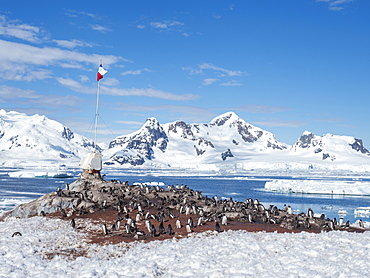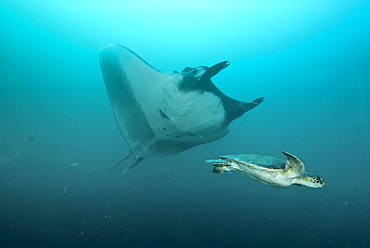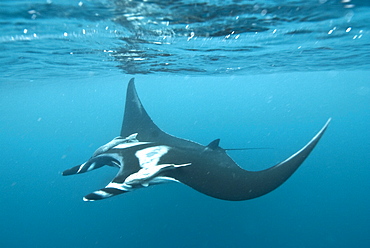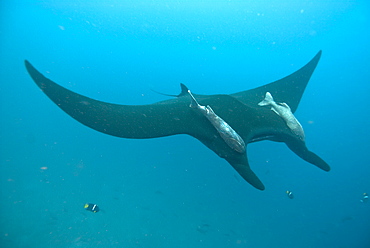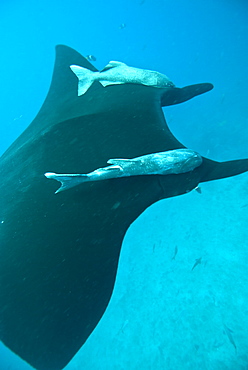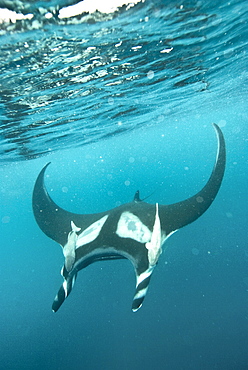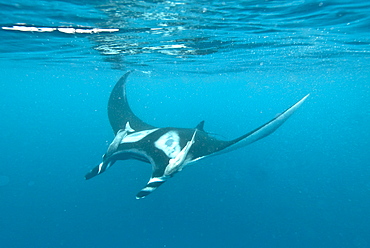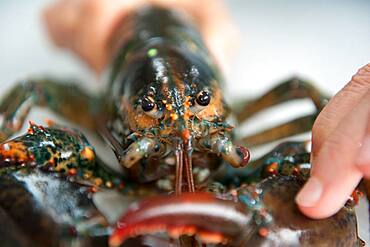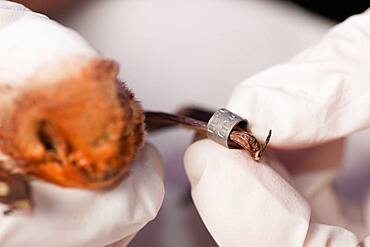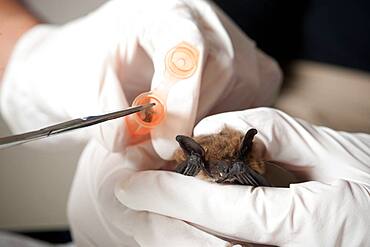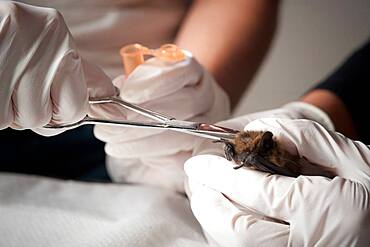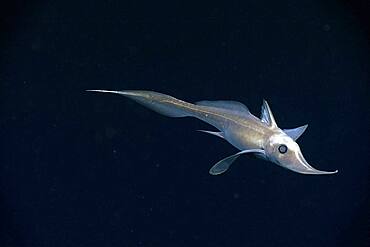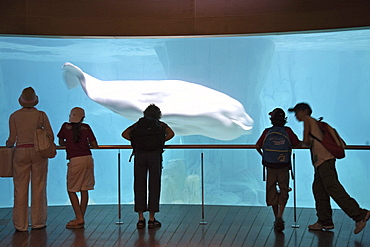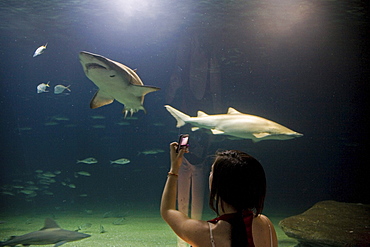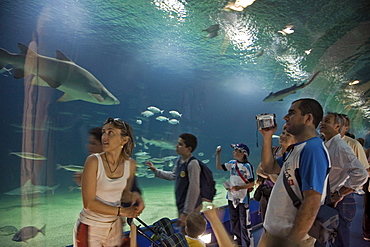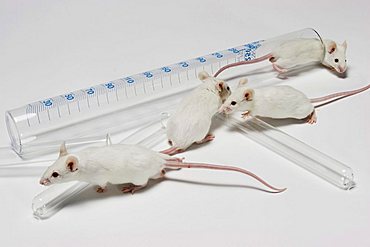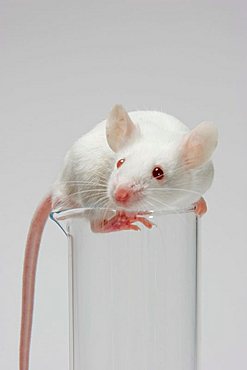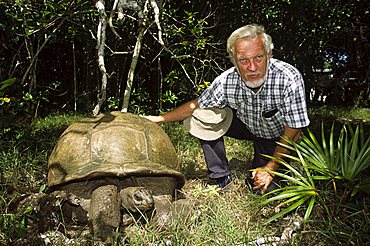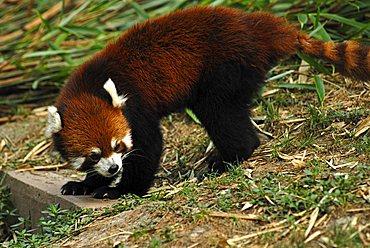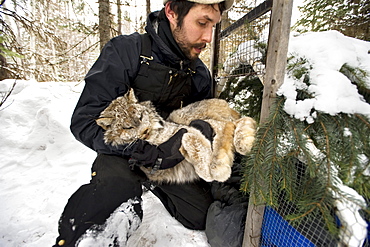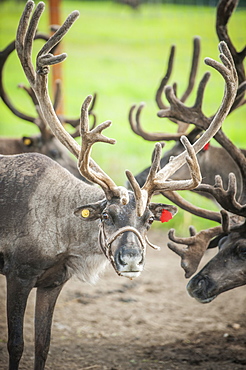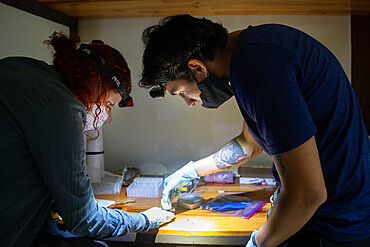Results
« Previous 1 2
138 results found

Captive Galapagos giant tortoises (Chelonoidis spp), Charles Darwin Research Station, Santa Cruz Island, Galapagos Islands, UNESCO World Heritage Site, Ecuador, South America
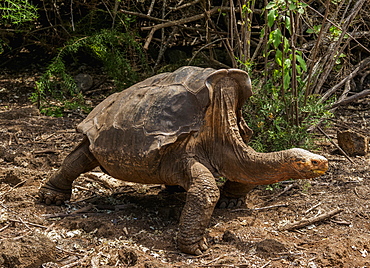
Giant Tortoise at Charles Darwin Research Station, Puerto Ayora, Santa Cruz (Indefatigable) Island, Galapagos, UNESCO World Heritage Site, Ecuador, South America

Captive Galapagos giant tortoise (Chelonoidis spp), Charles Darwin Research Station, Santa Cruz Island, Galapagos Islands, UNESCO World Heritage Site, Ecuador, South America

Captive Galapagos giant tortoises (Chelonoidis spp), Charles Darwin Research Station, Santa Cruz Island, Galapagos Islands, UNESCO World Heritage Site, Ecuador, South America

Gentoo penguin (Pygoscelis papua), breeding colony at the Chilean Research Station Base Gonzalez Videla, Antarctica, Polar Regions

Captive Galapagos giant tortoises (Chelonoidis spp), Charles Darwin Research Station, Santa Cruz Island, Galapagos Islands, UNESCO World Heritage Site, Ecuador, South America

Captive Galapagos giant tortoise (Chelonoidis spp), Charles Darwin Research Station, Santa Cruz Island, Galapagos Islands, UNESCO World Heritage Site, Ecuador, South America
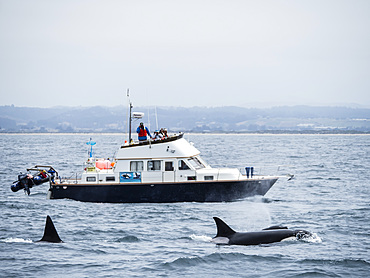
Adult killer whales (Orcinus orca) near research boat in the Monterey Bay National Marine Sanctuary, California, United States of America, North America
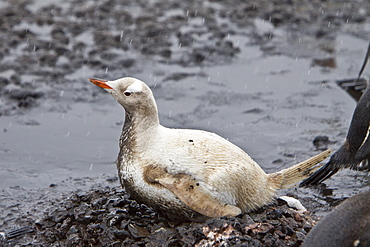
An adult Leucistic Gentoo penguin (Pygoscelis papua) nesting and incubating two eggs at Gabriel Gonzales Videla Research Station, Antarctica
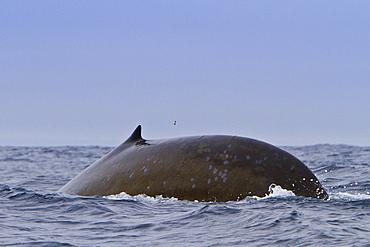
Researcher Stephanie Martin takes a blubber biopsy using an arrow fired from a crossbow of an adult blue whale (Balaenoptera musculus), South Orkney islands, Antarctica, Southern Ocean
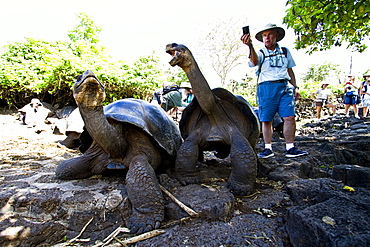
Captive Galapagos giant tortoise (Geochelone elephantopus) with photographer at the Charles Darwin Research Station on Santa Cruz Island in the Galapagos Island Archipelago, Ecuador
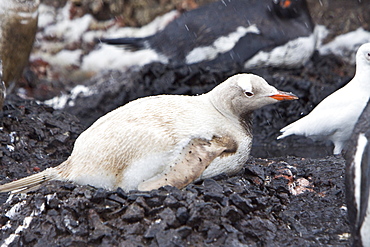
An adult Leucistic Gentoo penguin (Pygoscelis papua) nesting and incubating two eggs at Gabriel Gonzales Videla Research Station, Antarctica
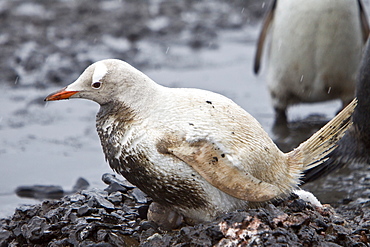
An adult Leucistic Gentoo penguin (Pygoscelis papua) nesting and incubating two eggs at Gabriel Gonzales Videla Research Station, Antarctica
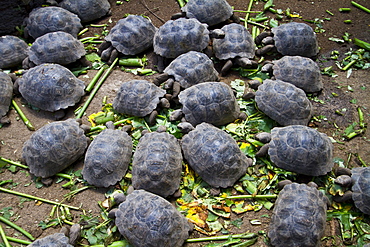
Young Captive Galapagos giant tortoise (Geochelone elephantopus) being fed at the tortuguero breeding station, Puerto Villamil on Isabela Island in the Galapagos Island Archipelago, Ecuador
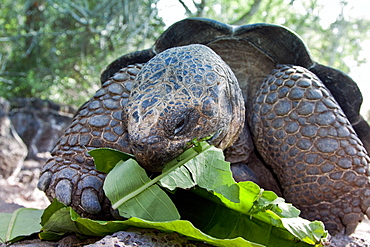
Captive Galapagos giant tortoise (Geochelone elephantopus) being fed at the Charles Darwin Research Station on Santa Cruz Island in the Galapagos Island Archipelago, Ecuador
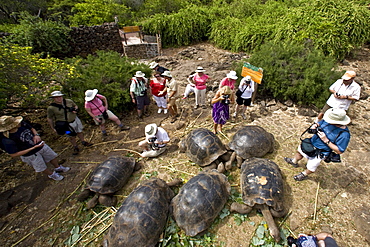
Captive Galapagos giant tortoise (Geochelone elephantopus) being fed at the Charles Darwin Research Station on Santa Cruz Island in the Galapagos Island Archipelago, Ecuador
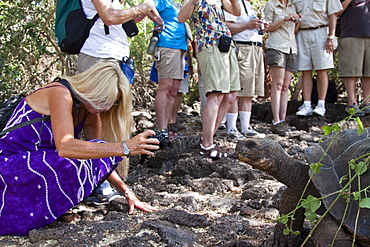
Captive Galapagos giant tortoise (Geochelone elephantopus) being fed at the Charles Darwin Research Station on Santa Cruz Island in the Galapagos Island Archipelago, Ecuador
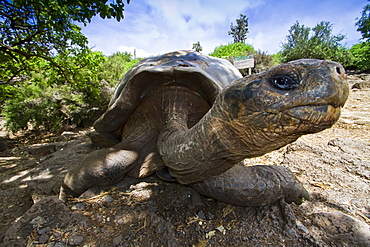
Captive Galapagos giant tortoise (Geochelone elephantopus) at the Charles Darwin Research Station on Santa Cruz Island in the Galapagos Island Archipelago, Ecuador

03/04/2009. São Jorge government sponsored research centre and Botanic Gardens. Locals carrying hay bails along main road. Praia, São Jorge botanical gardens. , Sao Tiago Island. Cape Verde

03/04/2009. São Jorge government sponsored research centre and Botanic Gardens, Botanic Gardens. Praia, Sao Tiago Island. Cape Verde
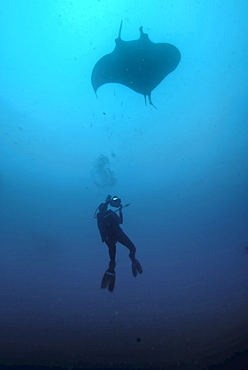
Research diver approaching manta birostris to record detail in research program, Project Elasmo. Pacific Ocean, Ecuador
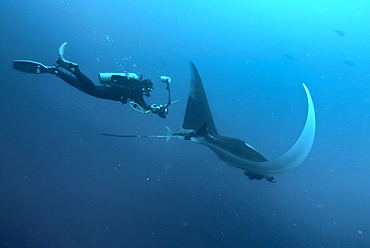
Research diver approaching manta birostris to record detail in research program, Project Elasmo. Pacific Ocean, Ecuador

Giant manta ray, Isla de la Plata Ecuador. Portrait shot of Manta birostris approaching camera. Pacific Ocean, Ecuador
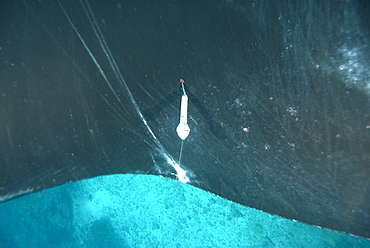
Satellite Tag attached to Giant Manta Ray, Ecuador. The lines to the left indicate recent fishing damage. Pacific Ocean, Ecuador

Research diver approaching manta birostris to record detail in research program, Project Elasmo. Pacific Ocean, Ecuador

Research diver approaching manta birostris to record detail in research program, Project Elasmo. Pacific Ocean, Ecuador

Giant manta ray, Isla de la Plata Ecuador. Portrait shot of Manta birostris approaching camera. Pacific Ocean, Ecuador

Research diver approaching manta birostris to record detail in research program, Project Elasmo. Pacific Ocean, Ecuador

Giant manta ray, Isla de la Plata Ecuador. Portrait shot of Manta birostris approaching camera. Pacific Ocean, Ecuador

Giant manta ray, Isla de la Plata Ecuador. Portrait shot of Manta birostris approaching camera. Pacific Ocean, Ecuador
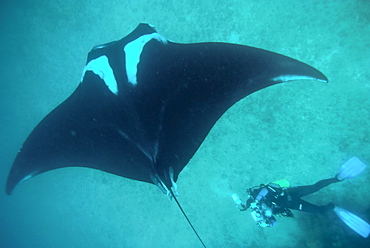
Research diver approaching manta birostris to record detail in research program, Project Elasmo. Pacific Ocean, Ecuador
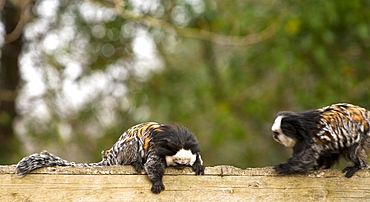
Geoffroys marmoset. Callithrix geoffroyi. captive adults. Newquay zoo Cornwall UK. More info: status: least concern but numbers declining due to habitat destruction, pet trade, zoos, biomedical research and persecution.
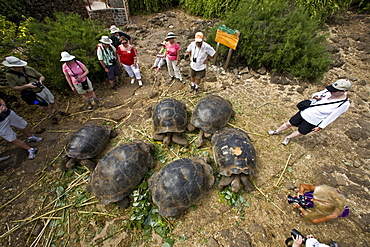
Captive Galapagos giant tortoise (Geochelone elephantopus) being fed at the Charles Darwin Research Station on Santa Cruz Island in the Galapagos Island Archipelago, Ecuador
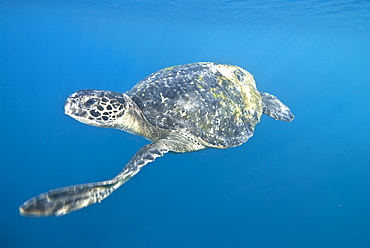
Green Sea Turtle (Chelonia mydas) near to the surface. Machalilla National Park, Ecuador. Pacific Ocean, Ecuador

Research diver approaching manta birostris to record detail in research program, Project Elasmo. Pacific Ocean, Ecuador
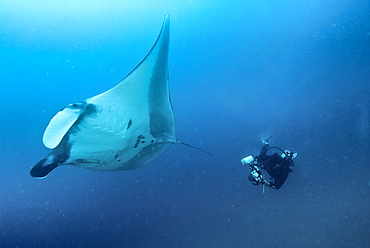
Research diver approaching manta birostris to record detail in research program, Project Elasmo. Pacific Ocean, Ecuador

Green Sea Turtle (Chelonia mydas) near to the surface. Machalilla National Park, Ecuador. Pacific Ocean, Ecuador
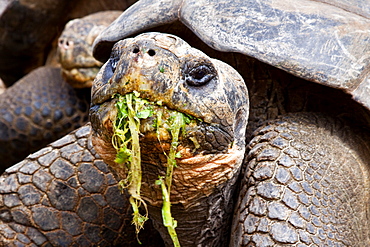
Captive Galapagos giant tortoise (Geochelone elephantopus) being fed at the Charles Darwin Research Station on Santa Cruz Island in the Galapagos Island Archipelago, Ecuador
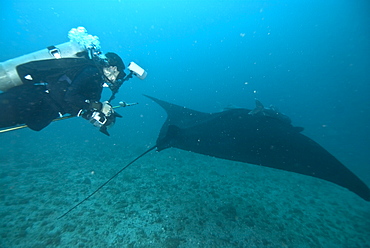
Research diver approaching manta birostris to record detail in research program, Project Elasmo. Pacific Ocean, Ecuador
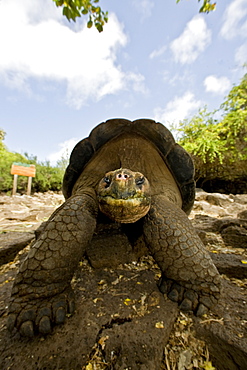
Captive Galapagos giant tortoise (Geochelone elephantopus) being fed at the Charles Darwin Research Station on Santa Cruz Island in the Galapagos Island Archipelago, Ecuador
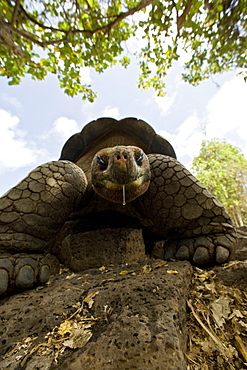
Captive Galapagos giant tortoise (Geochelone elephantopus) being fed at the Charles Darwin Research Station on Santa Cruz Island in the Galapagos Island Archipelago, Ecuador
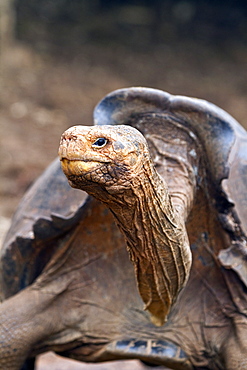
Captive Galapagos giant tortoise (Geochelone elephantopus) being fed at the Charles Darwin Research Station on Santa Cruz Island in the Galapagos Island Archipelago, Ecuador
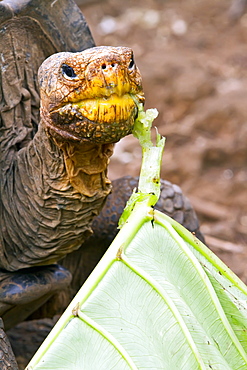
Captive Galapagos giant tortoise (Geochelone elephantopus) being fed at the Charles Darwin Research Station on Santa Cruz Island in the Galapagos Island Archipelago, Ecuador
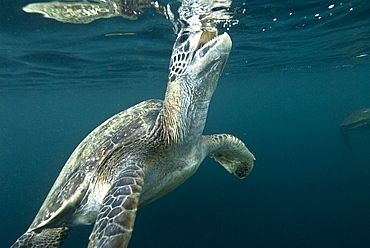
Green Sea Turtle (Chelonia mydas) near to the surface. Machalilla National Park, Ecuador. Pacific Ocean, Ecuador
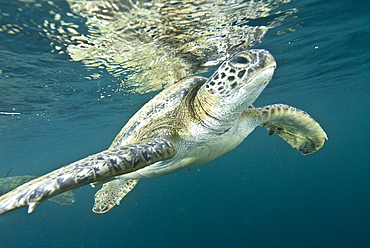
Green Sea Turtle (Chelonia mydas) near to the surface. Machalilla National Park, Ecuador. Pacific Ocean, Ecuador
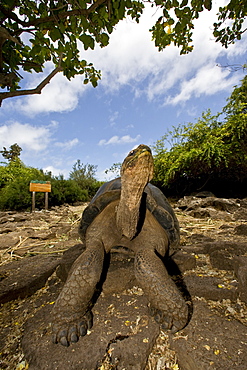
Captive Galapagos giant tortoise (Geochelone elephantopus) being fed at the Charles Darwin Research Station on Santa Cruz Island in the Galapagos Island Archipelago, Ecuador

Research diver approaching manta birostris to record detail in research program, Project Elasmo. Pacific Ocean, Ecuador
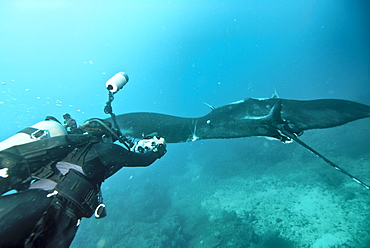
Research diver approaching manta birostris to record detail in research program, Project Elasmo. Pacific Ocean, Ecuador

Research diver approaching manta birostris to record detail in research program, Project Elasmo. Pacific Ocean, Ecuador
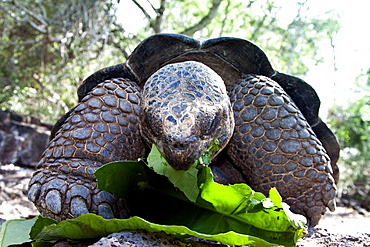
Captive Galapagos giant tortoise (Geochelone elephantopus) being fed at the Charles Darwin Research Station on Santa Cruz Island in the Galapagos Island Archipelago, Ecuador
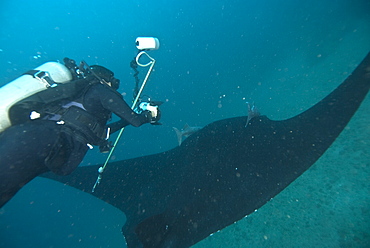
Research diver approaching manta birostris to record detail in research program, Project Elasmo. Pacific Ocean, Ecuador

Captive Galapagos giant tortoise (Geochelone elephantopus) being fed at the Charles Darwin Research Station on Santa Cruz Island in the Galapagos Island Archipelago, Ecuador
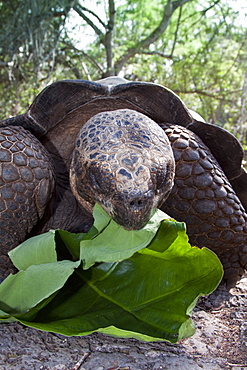
Captive Galapagos giant tortoise (Geochelone elephantopus) being fed at the Charles Darwin Research Station on Santa Cruz Island in the Galapagos Island Archipelago, Ecuador

Captive Galapagos giant tortoise (Geochelone elephantopus) being fed at the Charles Darwin Research Station on Santa Cruz Island in the Galapagos Island Archipelago, Ecuador
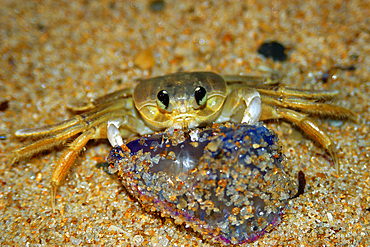
Crab preying on dead portuguese man-of-war, Physalia physalis, Praia do Forte, Bahia, Brazil (South Atlantic)
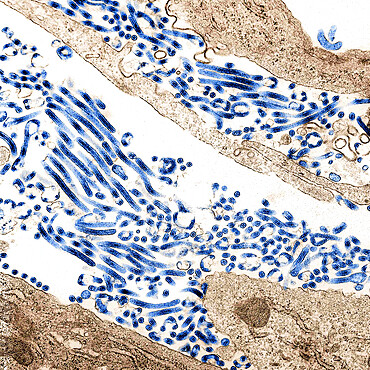
Ebola virus particles (blue) found both as extracellular particles and budding particles from chronically infected African green monkey kidney cells. Image captured and color-enhanced at the NIAID Integrated Research Facility in Ft. Detrick, Maryland.
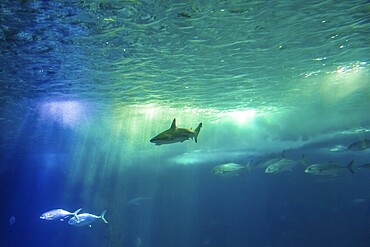
Undersea scene background. A shark and tropical fishes in deep blue water. Undersea marine life. Copy space
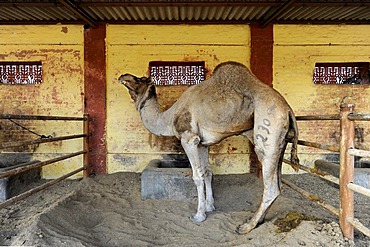
Dromedary camel (Camelus dromedarius), National Camel Research Farm, Bikaner, Rajasthan, North India, South Asia

Baby Pandas (Ailuropoda melanoleuca), 8-18 months, at breakfast, Giant Pandas Breeding Research Base, Chengdu, China, Asia
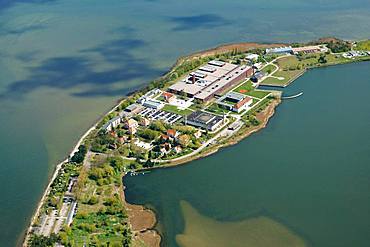
Federal Research Institute for Animal Health, aerial view, Riems Island, Mecklenburg-Western Pomerania, Germany, Europe

Australian Shepherd domestic dog (Canis lupus familiaris), puppy exploring nature, Rhineland-Palatinate, Germany, Europe
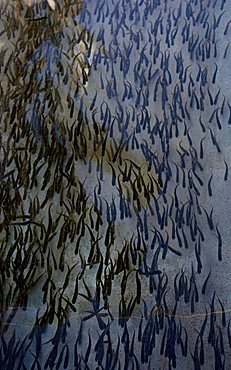
Young Chinook or King Salmon, Salmon fry, Department of Fisheries and Oceans, DFO, McIntyre Creek hatchery, Whitehorse, Yukon Territory, Canada, North America

Giant Pandas (Ailuropoda melanoleuca) at breakfast, Giant Pandas Breeding Research Base, Chengdu, China, Asia

Research assistants and technicians from the University of Ghana collect dust samples from the living rooms and bedrooms of children in Accra, Ghana. The samples will be analyzed for the presence of dust mites, fungus', and animal allergens to help researchers better understand why children in wealthier homes have higher rates of allergies and asthma than poorer children. The leading theory is that higher rates of helminth (parasite) infections among poorer children are affecting the immune system in a way that offers protection from allergies and asthma. The study aims to find out what the worms are doing, isolate the beneficial effect and replicate it.
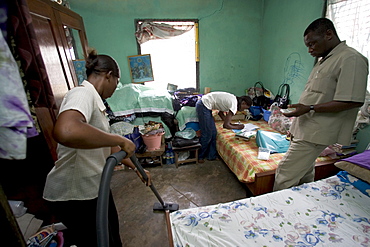
Research assistants and technicians from the University of Ghana collect dust samples from the living rooms and bedrooms of children in Accra, Ghana. The samples will be analyzed for the presence of dust mites, fungus', and animal allergens to help researchers better understand why children in wealthier homes have higher rates of allergies and asthma than poorer children. The leading theory is that higher rates of helminth (parasite) infections among poorer children are affecting the immune system in a way that offers protection from allergies and asthma. The study aims to find out what the worms are doing, isolate the beneficial effect and replicate it.
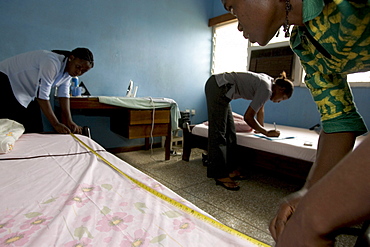
Research assistants and technicians from the University of Ghana collect dust samples from the living rooms and bedrooms of children in Accra, Ghana. The samples will be analyzed for the presence of dust mites, fungus', and animal allergens to help researchers better understand why children in wealthier homes have higher rates of allergies and asthma than poorer children. The leading theory is that higher rates of helminth (parasite) infections among poorer children are affecting the immune system in a way that offers protection from allergies and asthma. The study aims to find out what the worms are doing, isolate the beneficial effect and replicate it.
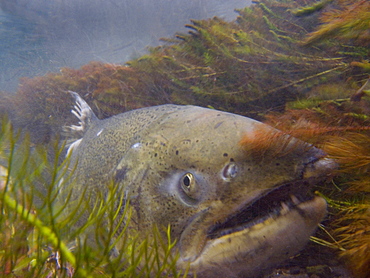
November 7, 2008 Mt Shasta CA A spawned-out Chinook salmon watches over her redd in the Shasta River where it runs through Big Springs Ranch about 2 miles north of the town of Mt Shasta. The ranch, which is contributing to degraded habitat conditions, which actually warm water tempt by upwards of 10 degrees as the river passes through the ranch and then spills into the Klameth, is currently under contract for purchase by TNC, therefor TNC and partner organizations have been allowed to research this stretch of river for the first time. They have discovered that is it a very fertile juvenile rearing area and that there are a surprising number of returning salmon in spite of habitat degraded by grazing cattle (often in the river) and irrigation practices. If this purchase is successful, TNC has the chance to improve a large stretch of habitat and quickly improve conditions that will effect numbers of returning fish and habitat in the Shasta and Klameth Rivers. In California, The Nature Conservancy is focusing its efforts on protecting the Shasta River and its tributaries, which create one of the most important spawning nurseries for Chinook salmon in the entire Klamath Basin, United States of America
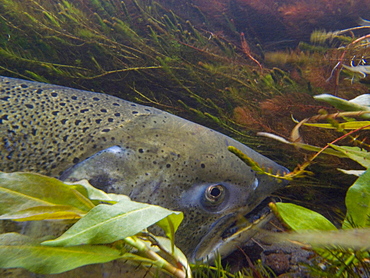
November 7, 2008 Mt Shasta CA A spawned-out Chinook salmon watches over her redd in the Shasta River where it runs through Big Springs Ranch about 2 miles north of the town of Mt Shasta. The ranch, which is contributing to degraded habitat conditions, which actually warm water tempt by upwards of 10 degrees as the river passes through the ranch and then spills into the Klameth, is currently under contract for purchase by TNC, therefor TNC and partner organizations have been allowed to research this stretch of river for the first time. They have discovered that is it a very fertile juvenile rearing area and that there are a surprising number of returning salmon in spite of habitat degraded by grazing cattle (often in the river) and irrigation practices. If this purchase is successful, TNC has the chance to improve a large stretch of habitat and quickly improve conditions that will effect numbers of returning fish and habitat in the Shasta and Klameth Rivers. In California, The Nature Conservancy is focusing its efforts on protecting the Shasta River and its tributaries, which create one of the most important spawning nurseries for Chinook salmon in the entire Klamath Basin, United States of America
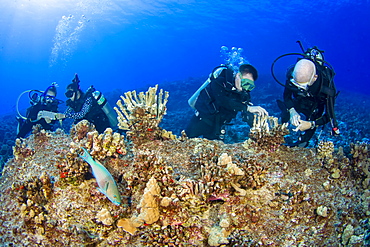
Research divers from the MOC Marine Institute glue broken coral heads back together and map out coral damage at Molokini Marine Preserve off the island of Maui, Hawaii. In the future, data from here will help to determine the health of Hawaii's reefs, Maui, Hawaii, United States of America
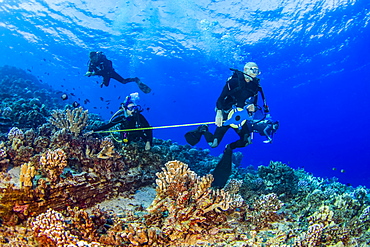
Research divers from the MOC Marine Institute map out coral damage at Molokini Marine Preserve off the island of Maui, Hawaii. In the future, data from here will help to determine the health of Hawaii's reefs, Maui, Hawaii, United States of America
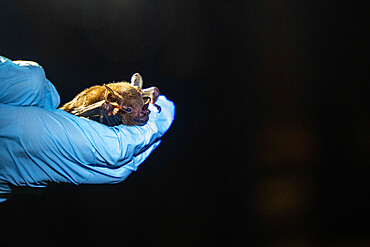
Sowell's short-tailed bat (Carollia sowelli) caught as part of a pollination study, rainforest at the "La Selva" research station in Puerto Viejo de Sarapiqui, Costa Rica
